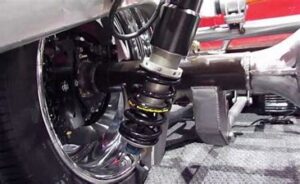Do drum brakes have callipers in an automobile? is a frequently asked issue regarding the complex realm of automotive braking systems. Let’s simplify the fundamentals before we unravel this mystery of the automobile. Consider the brakes on your car as the silent protectors. Which ensures you can stop safely and steadily anytime you need to. One confusing question about drum brakes, a reliable part of this important system, is whether or not they have callipers. Let’s cover the basics before getting to the meat of the issue.
Drum brakes work on the seemingly simple premise of slowing down the wheels by pressing brake shoes against the inside of a rotating drum. However, disc brakes a more noticeable counterpart are often associated with callipers. The riddle is further revealed when one learns that disc brakes are more noticeable than drum brakes, which are housed in a housing fashioned like a drum.
To make the relationship between drum brakes and callipers more understandable. Moreover, this article will break down the intricate details in plain words. So buckle up, as we explore the principles, debunk myths, and reveal the reality about the existence (or nonexistence) of calipers in drum brakes. In addition to improving your knowledge of cars, solving this problem will enable you to make wise choices regarding the braking system of your car.
Table of Contents
Understanding The Drum Brakes In A Car
An essential part of a car’s stopping system, drum brakes are often located on the back wheels. Consider them as circular receptacles (the drums) that hold a vital component known as the brake shoes. Your car’s ability to slow down is significantly aided by these brake shoes. A hydraulic system that is activated when you step on the brake pedal presses the brake shoes against the inner surface of the drum. By causing friction, this motion slows down and stops the wheels of your moving car by transforming its kinetic energy into heat. Drum brakes operate by the shoes pushing on the inside of the drum, as opposed to disc brakes, which rely on callipers and pads pressing against a disc.
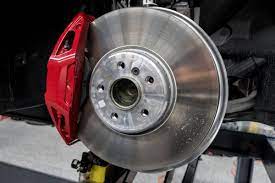
However, drum brakes can be used on the back wheels because of their enclosed design. Additionally, it protects against the elements and water. Drum brakes are dependable and reasonably priced, despite not being as visually appealing as disc brakes. Drum brakes are still widely used in automobiles, particularly in the back where they contribute to the overall stability and safety of the vehicle in addition to providing efficient braking. Every motorist should be familiar with the fundamentals of drum brakes to assist ensure a smooth and secure driving experience.
Do Drum Brakes Have Calipers In A Car?
Yes, unlike disc brakes, drum brakes on an automobile usually do not have callipers. Drum brakes, which are housed in housing fashioned like a drum, are hidden devices, which frequently confuse. Drum brakes function differently from disc brakes, which push brake pads against a rotating disk using callipers. When the brake pedal is depressed, the brake shoes in a drum-mounted system expand and press on the inner surface of the revolving drum. The car comes to a halt as a result of the friction created between the brake shoes and the drum.
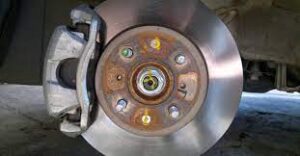
Unlike the parts of disc brakes, the brake system is hidden by the drum, which serves as a cover. Drum brakes generate stopping action by the outward movement of brake shoes against the inner surface of the drum, whereas disc brakes employ callipers to apply force to the brake pads. Therefore, the word “callipers” is not frequently used in drum brakes when addressing this kind of braking system. Drivers can better understand the fundamentals of their car’s braking system and keep their understanding of the various parts intact by being aware of these distinctions.
Explain The Importance Of A Drum Brakes In A Car
Additionally, now that we’ve seen do drum brakes have callipers or not. However, now we’ll see its importance in detail. In an automobile’s braking system, drum brakes are an essential component that greatly enhances both the vehicle’s performance and safety. For many cars, especially those with rear wheels, drum brakes are still necessary even if disc brakes are becoming more common. In simple words, the following summarizes their significance:
1. Economicality:
When compared to disc brakes, drum brakes are often less expensive to make and operate. For both car makers and owners, their cost-effective design and reduced number of components make them a wise option. The common usage of drum brakes, particularly on the back wheels of different vehicles, is facilitated by their cost.
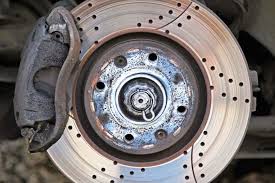
2. Parking Brake Mechanism That Works Well:
Because the parking brake mechanism is integrated into the drum brake, it often has two functions. The parking brake’s dependable and efficient operation is made possible by the design, which enhances the car’s overall safety when parked. The braking system is made simpler and requires fewer parts thanks to this integrated feature.
3. Dissipation Of Heat:
Drum brakes have good properties for dissipating heat. The braking components are enclosed in a protective drum casing that keeps them out of the weather. Because of this design, the brakes remain effective even in difficult driving situations by preventing overheating after extended or forceful braking.
4. Self-Correcting System:
A self-adjusting mechanism is a feature of many drum brake systems. The self-adjuster automatically makes up for the deterioration of the brake shoes over time, ensuring reliable stopping power. Drum brakes are made more convenient and user-friendly by this self-adjusting mechanism, which lessens the need for frequent manual adjustments.
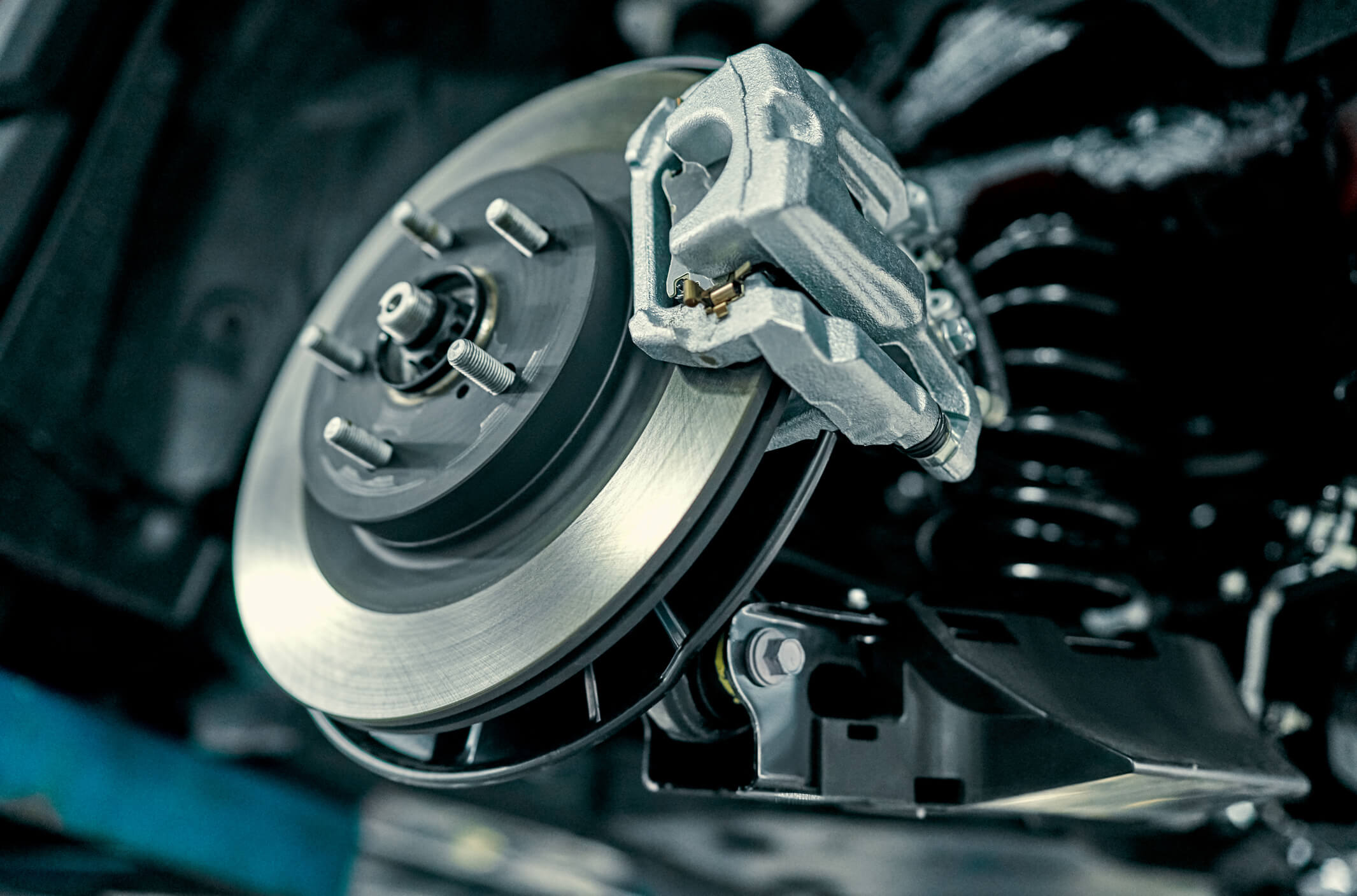
5. Suitable For Lower Weights:
Applications where lower braking loads are usual, like the rear wheels of many passenger cars, are a good fit for drum brakes. They don’t require the more intricate and costly disc brake systems because their design offers sufficient stopping power for everyday driving conditions.
6. The Experience Of Smooth Braking:
The use of drum brakes helps ensure a soft and gradual braking feel. Because of the design, braking force may be applied gradually, increasing control and stability. This feature improves the vehicle’s overall comfort and safety and is especially crucial for typical driving situations.
Therefore, even though disc brakes receive most of the attention, drum brakes are still a crucial part of many cars’ stopping systems. Their significance in guaranteeing safe and dependable vehicle operation is highlighted by their affordability, parking brake functioning, heat dissipation capabilities, self-adjusting mechanisms, adaptability for lighter weights, and contribution to a smooth braking experience.
Conclusion:
In conclusion, dispelling a widespread myth is necessary to determine whether do drum brakes have callipers. Although callipers and drum brakes are different parts, people frequently confuse them because of the way braking systems have evolved and because drum brakes are buried. We can deconstruct the intricacies by educating ourselves through visual cues, consulting mechanics, and utilizing technology. With the right information, we can make wise decisions about the upkeep of our cars and guarantee safe travels. Now let’s drive clearly, busting myths along the way and enjoying the intricate workings of our car’s braking system.


